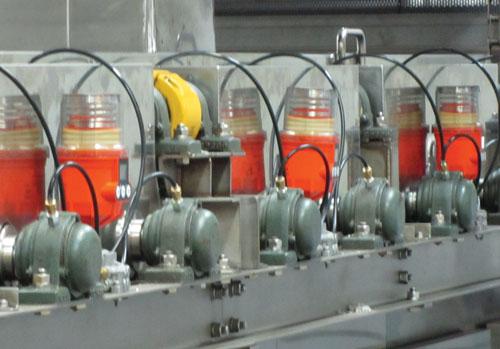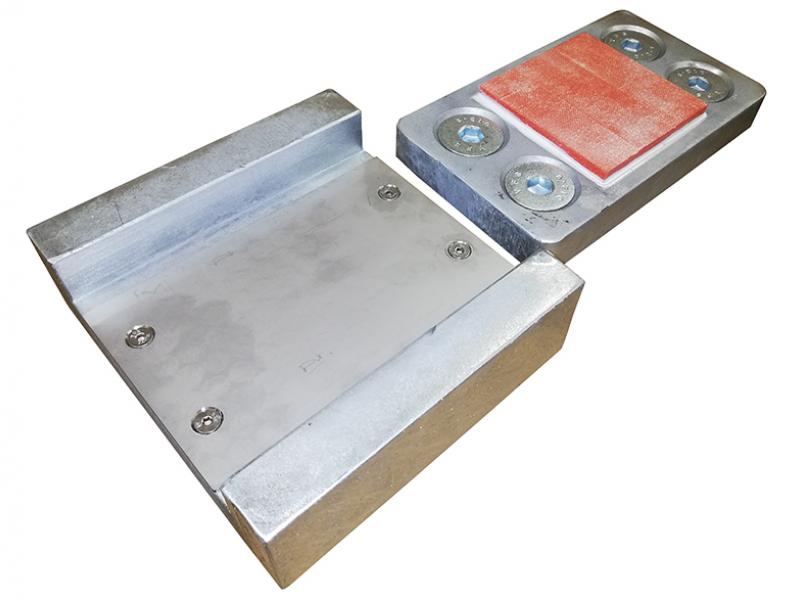Every year millions of dollars is spent on buying and upgrading plant machinery designed to produce things faster and better. However, machines continue to break down and unexpected plant failure results in production stoppages that can create very substantial financial losses.
Bearing failure is a major contributor, and more than half of rolling bearing failure is attributed to lubrication issues including underlubrication, overlubrication, aged and contaminated lubricant.
For optimal bearing performance and longevity the reliable supply of clean lubricant is essential. Manual greasing programmes often fail for various reasons including resource issues, accessibility issues, etc. Bearings can suffer from a detrimental cycle from starvation to overlubrication with both equally damaging and resulting in premature failure.
Automatic lubricators remove these issues by delivering small amounts of fresh lubricant on a frequent basis. In addition to maximising reliability, auto lubricators can be remotely mounted to feed lubricant to bearings in dangerous locations and hidden behind guarding.
For these reasons automatic single and multi point lubricators are increasingly becoming an essential component for both preventative and condition based maintenance programmes.
Slow rotating equipment such as conveyor rollers and head drums in dusty environments require a constant feed of grease to both lubricate the bearings and purge the sealing systems whereas high speed fans require a constant feed of fresh lubricant to the bearing with excess being drained away to avoid heat build up. Almost every application for both rolling and plain bearings benefit from the use of auto lubrication and have more chance of reaching and exceeding design life.
More than 40 years ago the Perma company of Germany invented the first single point auto lubricators using a controlled gas generation process to expel grease from a canister at rates ranging from three to 12 months.
Over the years lubricators using the gas generation process have progressively improved with the latest units using microprocessor control technology to accurately control the lubricant flow rates.
Thousands of these simple single use lubricators are providing reliable lubrication to applications all over New Zealand. From the wind turbines in the Antarctic operating at down to -400C to effluent pumps on farms in the far north.
More sophisticated lubricators using battery or mains powered reciprocating positive displacement piston pumps provide lubricant feed pressures up to 850psi enabling remote mounting up to six meters. The high-pressure capability also enables economical multi point lubrication by using divider blocks that dispense grease equally up to eight points.
The latest products from Pulsarlube USA use microprocessor control and an LCD display screen for easy programming dispensing rates from half and month to 24 months. The LCD displays important information including days remaining on the cycle, battery condition, blockages, etc.
This sophistication and performance is offered at prices levels never seen before which is contributing to the wider spread application on both new and existing machinery.
• Go to demm.co.nz/enquiry quote: DW130726
Benefits of automatic lubrication
General Engineering
Tuesday, 09 July 2013






